The North Florida Nine: Endangered list shows birds, mussels, turtles at risk of extinction
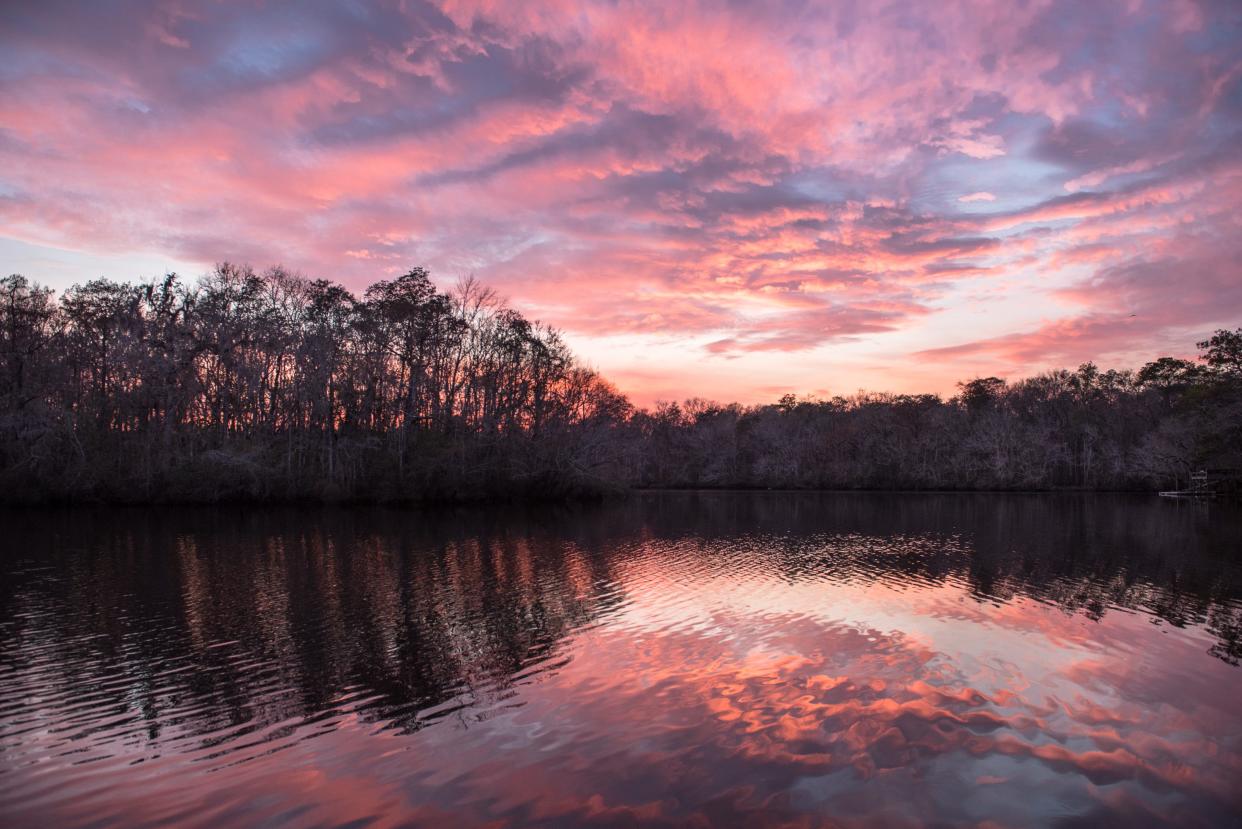
The woods between Blountstown and Tallahassee are home to many rare plants and species found nowhere else in the world, including a freshwater mussel that lives in the Ochlocknee River and a woodpecker no one has seen since 2005.
The steep cliffs overlooking the Apalachicola River give way to wooded slopes and ravines that are cooler than most of Florida in the summer and create an ecosystem more like parts of the Appalachian Mountains than the rest of the state.
The abundance and variety of wildlife in the rugged river-fed region convinced E.E. Callaway, the 1936 Republican candidate for governor, to write a book proclaiming the region as the Garden of Eden.
Callaway, who wrote “In the Beginning” in 1966, compared descriptions of the terrain and landmark monuments in the Bible with what he saw in the Apalachicola River valley and declared, “I have definitely located the original Garden of Eden.”
Today, nine of the animals that scientists suggest followed mountain springs, creeks and rivers into North Florida face a very high risk of extinction in the wild and are listed as endangered under the 1973 Endangered Species Act.
The odds of survival are not good for the Fat Threeridge mussel. It increasingly looks like it will be a fatality in the Florida-Georgia water wars – a series of court cases over how much water Georgia takes from the Apalachicola-Chattahoochee-Flint watershed.
Also working against the 4-inch mollusk is pollution carried in stormwater runoff from the streets of Atlanta and the farms of South Georgia, and the fragmentation of habitat from river dredging and development.
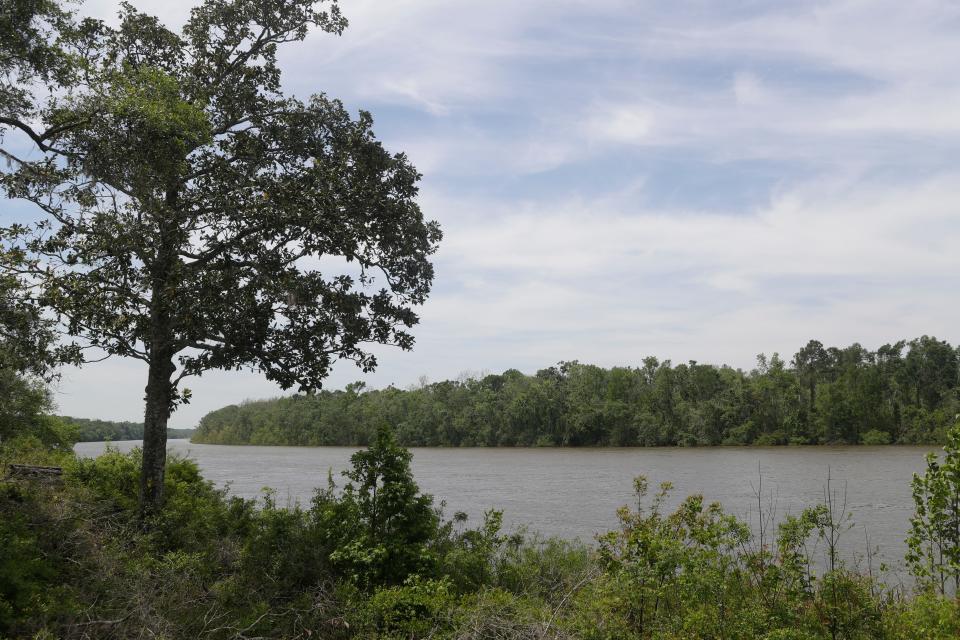
“The low water levels are probably the worst (challenge) because it really can’t crawl out of the water and go somewhere else," said Dr. Barry Rosen, about the mussel.
Rosen is a world-class scholar and professor at The Water School at Florida Gulf Coast University, and worked four years as a field supervisor with the U.S. Fish and Wildlife Service in North Florida. He said freshwater mussels are an indicator of a healthy flow of clean water.
Birds also are an indicator of a healthy ecosystem, according to Audrey DeRose-Wilson of Florida Audubon. Although there are three North Florida birds on the list, DeRose-Wilson said that's not necessarily a bad thing.
She pointed out that the red cockaded woodpecker, for instance, takes up residence exclusively in living trees, seeking healthy mature pineland to nest.
“The fact that you have places around Tallahassee that support some of these rare and declining birds that are on the endangered species list, could actually indicate something really positive,” DeRose-Wilson said.
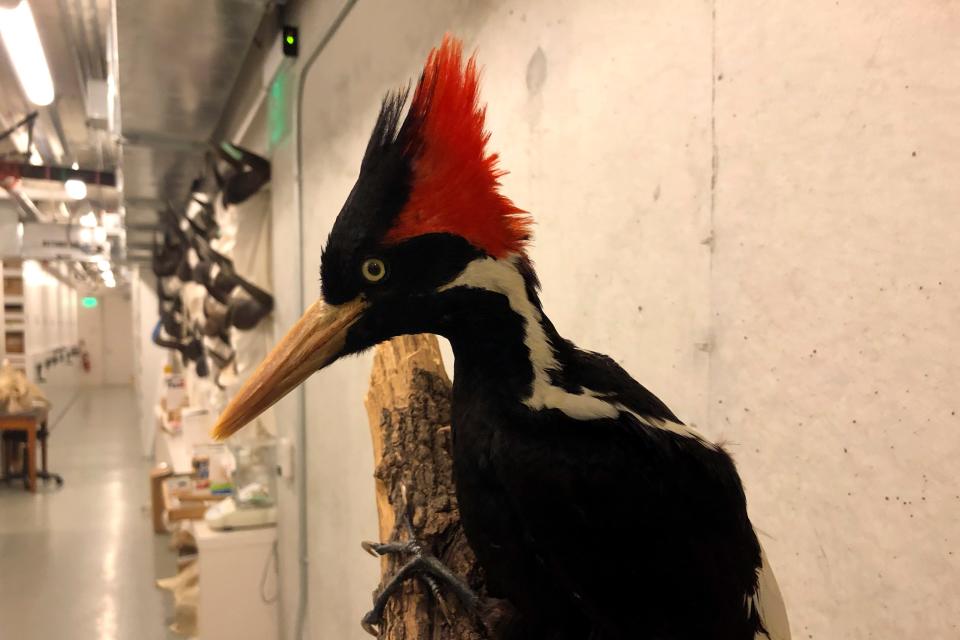
The ivory-billed woodpecker, a cousin of the red cockaded also is on the list. The last accepted confirmed sighting was in 1944: A lone female nesting in what once had been a forest but was cleared of almost all trees.
Since then, three pairs were reported as sighted – but not confirmed – in Texas in 1967. Twenty years later, there were unconfirmed reports of a possible subspecies or a similar species in Cuba. In 2002, a Louisiana State University student claimed to have an audio recording of the ivory bill’s distinctive double rap call, but a computer analysis determined it to be gunshots.
The latest reported sighting of an ivory bill was 2005 in Liberty County. By now, "it's a matter of debate, but there's a very good likelihood that it is extinct," DeRose-Wilson said.
Here are the nine species in North Florida between Liberty and Taylor counties listed on the federal endangered list, according to the Florida Fish and Wildlife Commission.
THE NORTH FLORIDA NINE
The Gray Bat
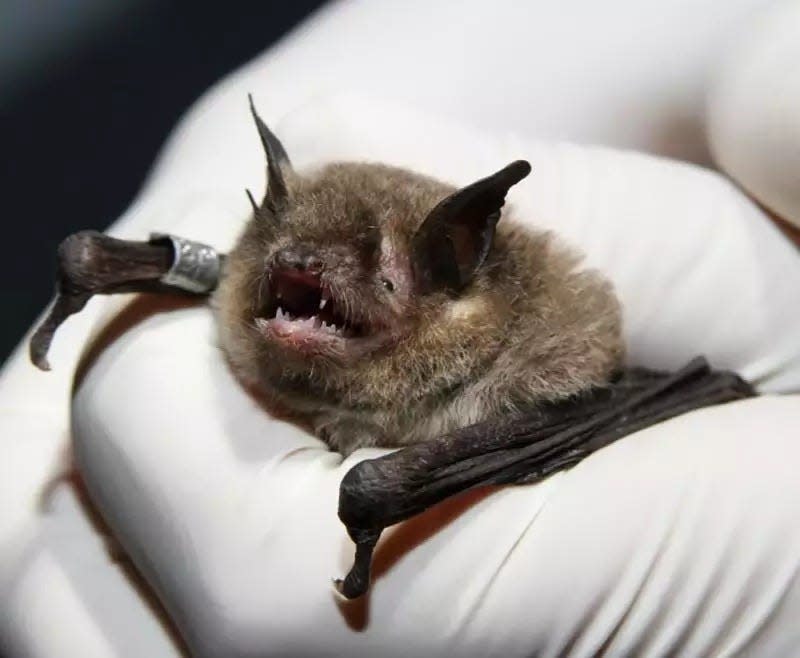
Body length: 3.5 inches with a wingspan of 11 inches
Weight: up to 17 grams (0.59 ounce)
Where in North Florida: Gadsden, Liberty, Calhoun and Jackson counties
Attribute: Pregnant females will form nursing colonies which may contain a few males. The colony will migrate together with offsprings weaned at two months. It is unclear why males can be found in nursing colonies.
Ivory-billed Woodpecker
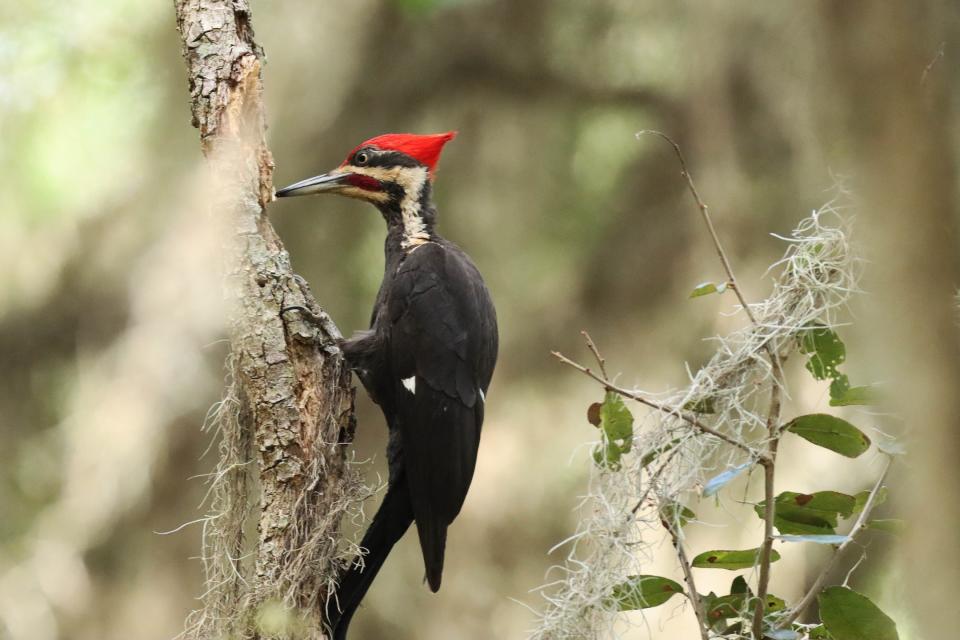
Body length: 18-20 inches with a wingspan of 31 inches
Weight: up to 1.3 pounds
Where in North Florida: Taylor, Jefferson, Wakulla, Leon, Liberty and Washington counties (now likely extinct).
Attribute: The Ivory-billed Woodpecker once could be found in 40 Florida counties, but there have no reported sightings since 2005.
Red-Cockaded Woodpecker
Body length: 9 inches with a wingspan of 15 inches
Weight: 1.8 ounces
Where in North Florida: Gulf, Franklin, Leon, Liberty and Wakulla counties
Attribute: This is a cooperative bird with a complex social system. They live in groups that include a mated pair, the current year's offspring, and usually two helpers: siblings who help incubate the eggs, and feed and raise nestlings and fledglings.
Piping Plover
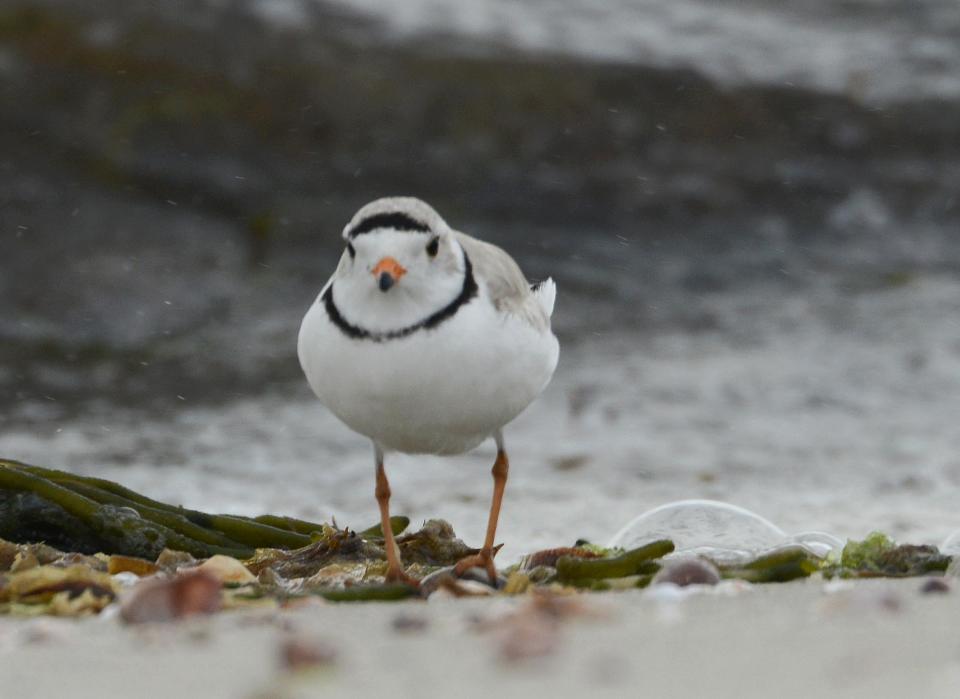
Body length: 7.25 inches with wingspan of 14-15 inches
Weight: 1.4-2.3 ounces
Where in North Florida: Franklin County
Attribute: When predators appear, an adult Piping Plover will feign a wing injury to direct the attacker away from chicks and the nest.
The Fat Threeridge Mussel
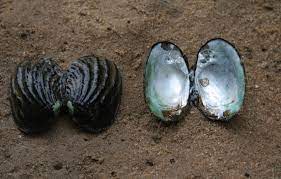
Body length: 4 inches
Weight: up to an ounce
Where in North Florida: Calhoun, Franklin, Gadsden, Gulf, Jackson and Liberty counties
Attribute: Little is known about the life of a fat threeridge. It inhabits slow flowing rivers with sand, gravel and rocky riverbeds, like the Apalachicola and Chipola rivers.
Ochlockonee moccasin shell
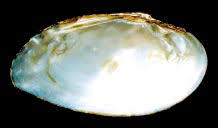
Body length: 2.2 inches
Weight: less than an ounce
Where in North Florida: Gadsden, Leon and Wakulla counties
Attribute: A freshwater mussel, the Ochlockonee moccasin shell has thin valves with two teeth in the left, and one tooth in the right. It is found only along the Ochlockonee River in Florida and Georgia.
Oval Pigtoe
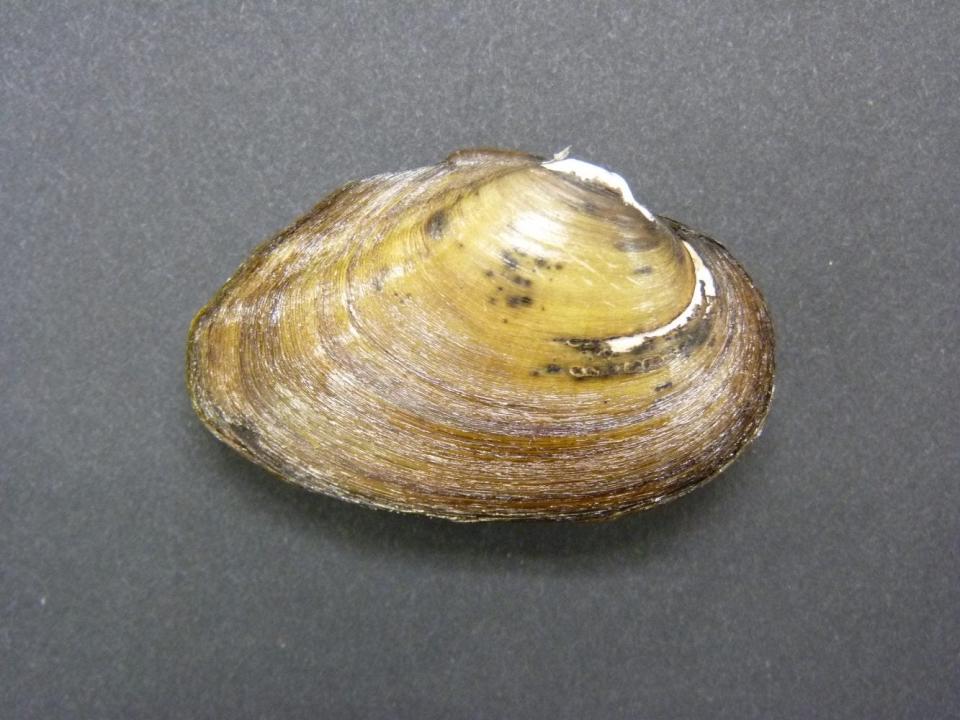
Body length: 2.4 inches
Weight: less than an ounce
Where in North Florida: Calhoun, Gadsden, Gulf, Jackson and Leon counties
Attribute: Like most mussels, little is known about the Oval Pigtoe. It is believed to have originated in the Chattahoochee River and has since migrated into the Apalachicola-Chipola-Flint watershed. The pigtoe also, somehow, migrated to the Suwannee and Econfina systems.
Green Sea Turtle
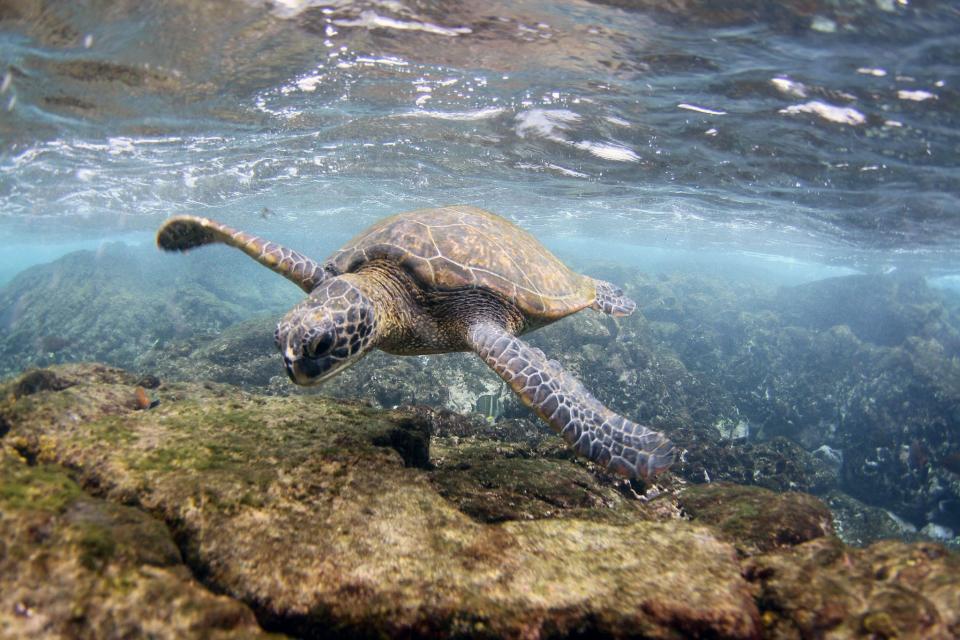
Body length: 3-4 feet long
Weight: 300-350 pounds
Where in North Florida: Escambia, Franklin, Gulf, Okaloosa, Santa Rosa and Walton counties
Attribute: Green sea turtles are named for the green-colored body fat attached to their lower shell, which is yellow. They spend the day in shallow flats and seagrass meadows. At night, they head to sleeping quarters in oyster bars and coral reefs.
Leatherback Sea Turtle
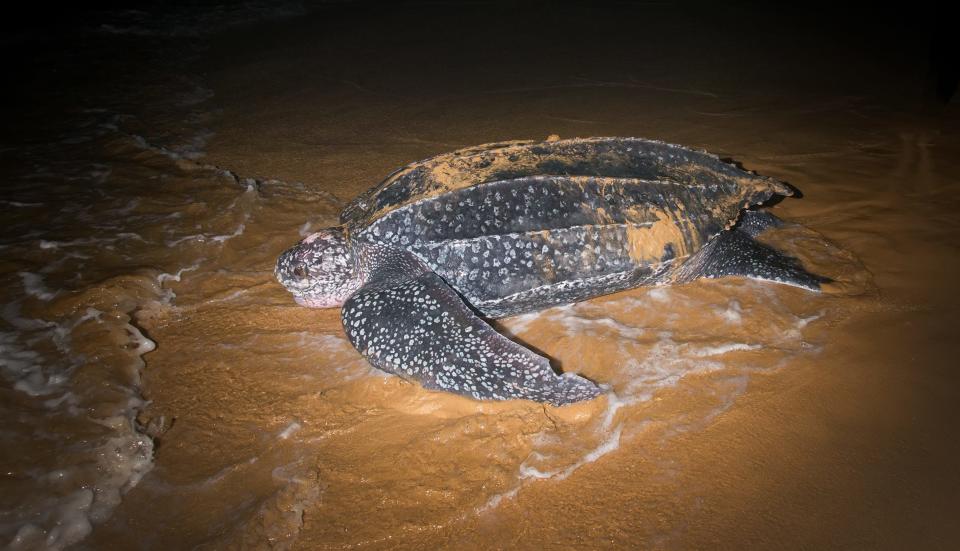
Body length: up to six feet
Weight: 550-1,500 pounds
Where in North Florida: Bay, Gulf, Franklin, Wakulla and Walton counties
Attribute: At six feet, the leatherback is the largest turtle species and is known to travel the world. Named for its leathery-like skin, the leatherback has the ability to regulate body temperature to survive cold temperatures. It ranges as far north as Alaska in the Pacific and Canada’s Labrador Peninsula in the Atlantic.
James Call is a member of the USA TODAY NETWORK-Florida Capital Bureau. He can be reached at jcall@tallahassee.com and is on X as @CallTallahassee
This article originally appeared on Tallahassee Democrat: Endangered species list has nine birds, mussels, turtle in North Florida

